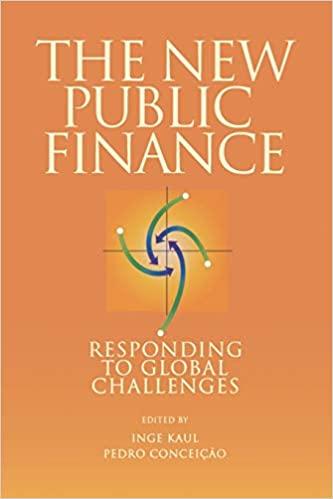Answered step by step
Verified Expert Solution
Question
1 Approved Answer
Where do they get 2009 from? Don't we have to know the EPS to find the dividend for 2009 which they dont give us? a.

Where do they get 2009 from? Don't we have to know the EPS to find the dividend for 2009 which they dont give us?
a. Pay out 50% of earnings in all years with positive earnings. b. Pay S0.50 per share and increase to S0.60 per share whenever earnings per share rise above 50.90 per share for two consecutive years. c. Pay $0.50 per share except when earnings exceed $1.00 per share, in which case pay an extra dividend of 60% of earnings above S1.00 per share d. Combine pclicles in parts b and c. When the dlidend is raised (in part b), raise the excess dividend base (in part c) from $1.00 to $1.10 per share. e. Compare and contrast each of the dividend policies described in parts a through d a. Itthe firm pays out 50% of eamings in all years with positive earnings, the annual dividend the firm would pay in year 2009 is $ 0.50. (Round to the nearest cent.) b. If the firm pays $0.50 per share and increases the dividend to $0.60 per share whenever earnings per share rise above S0.90 per share for two consecutive years, the annual dividend the firm would pay in year 2009 is$ | (Round to two decima places.) Data Table (Click on the icon located on the top-right comer of the data table beloww in order to copy its contents into a spreadsheet.) Year 2019 2018 2017 2016 2015 2014 2013 2012 Earnings per share S1.40 S1.56 S1.20 -S0.85 S1.05 0.60 S1.00 S0.44 Print Done a. Pay out 50% of earnings in all years with positive earnings. b. Pay S0.50 per share and increase to S0.60 per share whenever earnings per share rise above 50.90 per share for two consecutive years. c. Pay $0.50 per share except when earnings exceed $1.00 per share, in which case pay an extra dividend of 60% of earnings above S1.00 per share d. Combine pclicles in parts b and c. When the dlidend is raised (in part b), raise the excess dividend base (in part c) from $1.00 to $1.10 per share. e. Compare and contrast each of the dividend policies described in parts a through d a. Itthe firm pays out 50% of eamings in all years with positive earnings, the annual dividend the firm would pay in year 2009 is $ 0.50. (Round to the nearest cent.) b. If the firm pays $0.50 per share and increases the dividend to $0.60 per share whenever earnings per share rise above S0.90 per share for two consecutive years, the annual dividend the firm would pay in year 2009 is$ | (Round to two decima places.) Data Table (Click on the icon located on the top-right comer of the data table beloww in order to copy its contents into a spreadsheet.) Year 2019 2018 2017 2016 2015 2014 2013 2012 Earnings per share S1.40 S1.56 S1.20 -S0.85 S1.05 0.60 S1.00 S0.44 Print DoneStep by Step Solution
There are 3 Steps involved in it
Step: 1

Get Instant Access to Expert-Tailored Solutions
See step-by-step solutions with expert insights and AI powered tools for academic success
Step: 2

Step: 3

Ace Your Homework with AI
Get the answers you need in no time with our AI-driven, step-by-step assistance
Get Started


